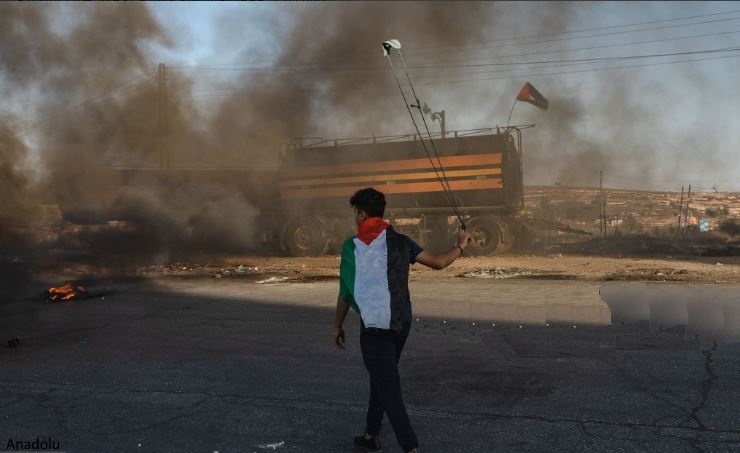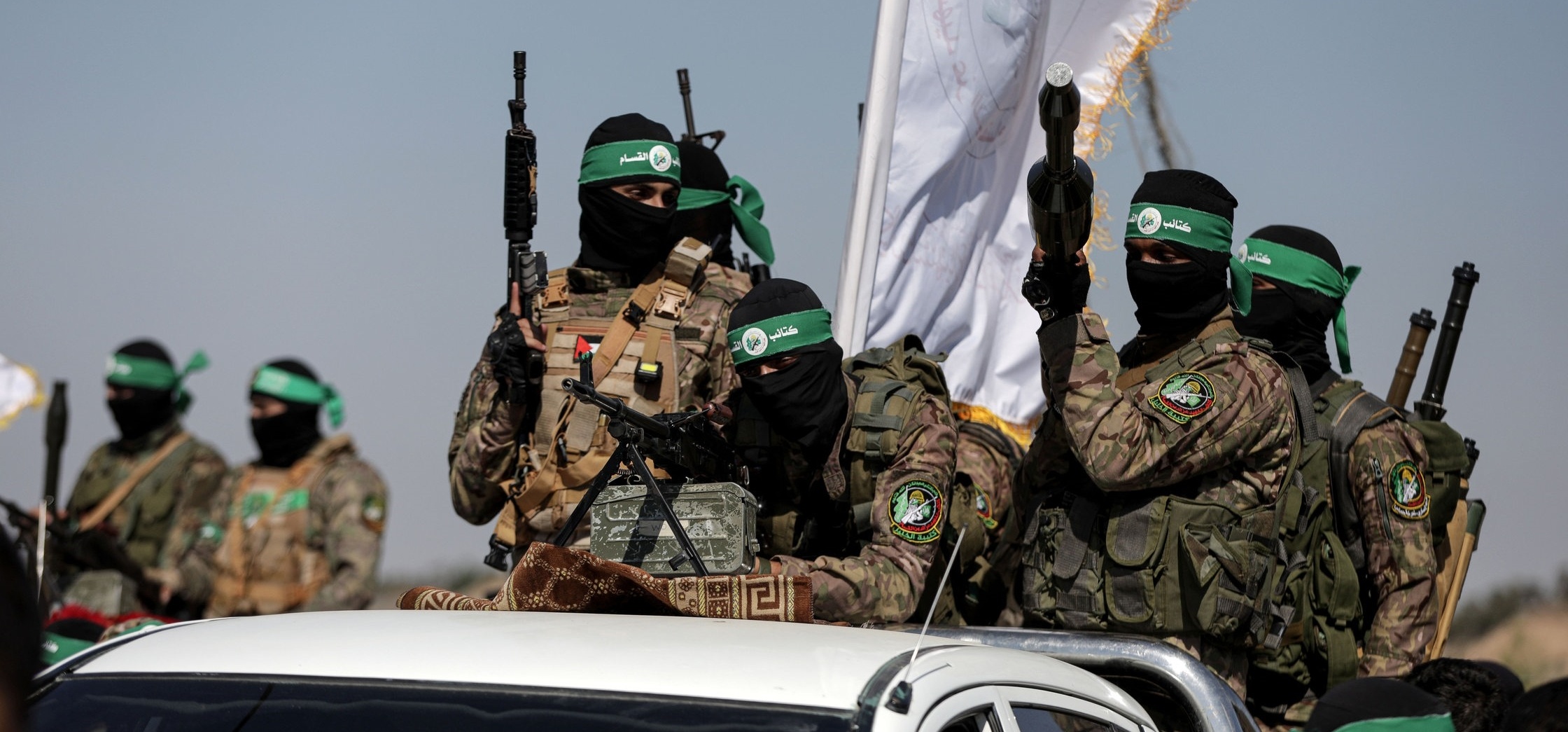Massacres Israel-Palestine 1920 - 2025
October 2023 - October 2025 - over 68,000 Palestinian deaths, by Israel bombing, tank, sniper and drone fire. Over 20,000 of which were children (conservative figures). Israel's actions do not legally constitute self defence, and numerous legal institutions shed light on that fact.
23 March 2025 - First Responders Massacre. A group of Civil Defence crew and Palestinian Red Crescent paramedics in Gaza disappeared when they went to Rafah on a rescue mission. A week later, the bodies of 15 first responders were found executed, they had been killed and buried in the sand by the Israeli army. Initially Israel claimed that the vehicles didn't have emergency lights on and claimed they were 'Hamas'. But a phone on one of the dead proved they were identified first responders, and the vehicles were clearly marked with lights flashing.
7 October 2023,1200 Israeli's killed from a combined responsibility of Hamas Army, Gazan Civilians and from Israel's own tanks, drones and apache helicopter fire (Hannibal Directive).
May 11 day war. Israeli airstrikes killed 256 half were children, 1900 injured.13 Israelis killed.
2021: Al Aqsa Mosque Attack: In response to protests by Palestinians in East Jerusalem, the Israeli police forcefully entered the Al-Aqsa Mosque compound, injuring over 600. Hamas responded with a multitude of rockets.
2018-19: Great March of Return: The Gaza border protests were a series of peaceful demonstrations. Over the course of these protests, IOF were responsible for the loss of 223 Palestinian lives, while more than 13,000 Palestinians sustained injuries, the majority of which were severe. [UN Report]
2014: The Gaza War ('Operation Protective Edge'): This marked the third major military confrontation between Israel and Hamas since Hamas assumed control of the Gaza Strip in 2007. Israel then launched a ground invasion into Gaza, resulting in the loss of 2,205 Palestinian lives, including 500+ children.
2012: Assassinations of Hamas leaders in Gaza: Israel assassinated a series of Hamas leaders. In response, Gazan factions launched numerous projectiles into Israel. Israeli attacks intensified, murdering 165 Palestinians, including 42 children, and injuring 1,220 Palestinians, including 430 children.
2008-09: The Gaza Massacre/ Battle of al-Furqan ('Operation Cast Lead'): Israel initiated a large-scale military campaign on Gaza on 27 December 2008. On 3 January 2009, the Israeli ground invasion was launched, resulting in the estimated deaths of 1,166 to 1,417 Palestinian Civilians. 46,000 homes destroyed, 100,000 homeless. Use of chemical weapons, (phosphorus) which is a war crime.
April 2002: Jenin Refugee Camp: During the Second Intifada, IOF launched a military operation in the Jenin Refugee Camp situated in the West Bank. Israel deployed infantry, commando forces, assault helicopters, tanks, and bulldozers, resulting in the tragic loss of at least 54 Palestinian lives.
4 November 1995 Yitzhak Rabin Assassinated: The assailant was Yigal Amir, an Israeli law student and far-right zionist ultranationalist who radically opposed the Oslo Accords and Rabin's peace initiative more broadly.
Feb 1994: The Ibrahimi Mosque Massacre: During Ramadan, an American-Israeli Zionist extremist opened fire on Palestinian Muslims who were in prayer at the Ibrahimi Mosque in Hebron. This resulted in the deaths of 29 people, some as young as 12 years old, and left 125 others wounded.
Sept 1993 Oslo Accords between Yitzhak Rabin and Yasser Arafat. PA to control Gaza Strip and West Bank, Israel to withdraw from some areas. A peace plan which resulted in both winning the Nobel Peace Prize in 1994.
October 1990: Al-Aqsa Massacre/Black Monday: Israeli security forces were responsible for the deaths of 17 Palestinians, and more than 150 Palestinians suffered injuries.
1 December 1987 First infitada: An Israeli driver kills four Palestinians in a car accident that sparks the first intifada, or uprising, against Israeli occupation in the West Bank and Gaza. The image of Palestinians throwing rocks at Israeli tanks becomes the enduring image of the intifada. Over the next six years, roughly 200 Israelis and 1,300 Palestinians are killed. Hamas established.
Sept 1982: Sabra & Shatila Massacres: The IOF surrounded Palestinian refugee camps in West Beirut. They authorised the right-wing Cchristian Phalangist militia to enter. The militia massacred nearly 3000 Palestinian refugees and Lebanese civilians in two days of violence.
3 October 1973 Yom Kippur War/ Ramadan War. Egypt and Syria attempt to retake the Israeli-occupied Sinai Peninsula and Golan Heights.
5-10 June 1967 - The 6 day war. 700 Israelis and 20,000 others. Israel and several of its Arab neighbours fight the Six-Day War. Israel wins a decisive victory: it suffers seven hundred casualties; its adversaries suffer nearly twenty thousand. Israel emerges with control of the West Bank and the Gaza Strip—areas inhabited primarily by Palestinians—as well as all of East Jerusalem. Israel also takes control of Syria’s Golan Heights and the Sinai Peninsula, which is part of Egypt. Israel will stay in the Sinai Peninsula until April 1982.
November 1956: Khan Yunis Massacre: IOF soldiers conducted a brutal house-to-house search for fedayeen, leading to the estimated loss of 275 to 400 Palestinian lives. A mass grave was uncovered, revealing the remains of 40 Palestinian men who had been bound and executed.
October 1956: Kafr Qasim Massacre: Israel imposed a curfew on the Arab villages that bordered Jordan. When villagers returned after curfew they were fired on at close range. In one hour they killed 49 residents of the village.
October 1953: Qibya Massacre: IOF massacred over 69 Palestinian villagers, with approximately two-thirds of the victims being women and children. The attack also resulted in the destruction of 45 houses, a school, and a mosque.
October 1948: Saliha Massacre & Al-Dawayima Massacre: Al-Dawayima was one of the largest villages in the Hebron area, and the subsequent massacre unfolded in three distinct stages: first in homes and alleyways, followed by the village mosque, and ultimately within a cave. A total of 455 individuals lost their lives, consisting of 280 men and the rest women and children.
11 July 1948: Lydda Massacre: Lydda and Ramle, two towns originally designated to be part of an Arab state in Palestine as per the UN Partition Plan of 1947, ultimately came under Israeli control. While estimates of the death toll vary, it is believed that over 400 Lydda residents lost their lives. Unfortunately, the tragedy did not conclude with the massacre. Israel made the decision to forcibly remove all residents from the city.
May 1948: Tantura Massacre: The village surrendered to Israeli forces. IOF launched an assault on the village, resulting in the massacre of nearly 200 Palestinians. Three possible mass graves have since been found.
15 May 1948 – 10 March 1949: Arab-Israeli War: First Arab-Israeli War begins. Egypt (supported by Saudi Arabian, Sudanese, and Yemeni troops), Iraq, Jordan, Lebanon, and Syria invade Israel. The Nakba of displacement. The fighting continues until 1949, when Egypt, Israel, Jordan, Lebanon, and Syria sign armistice agreements.
13-14 May 1948: Abu Shusha Massacre: Abu Shusha was subjected to multiple assaults, culminating in the decisive attack and fell to occupation on 14 May. The remaining inhabitants were forcibly displaced on 21 May.
9 April 1948: Deir Yassin Massacre: The massacre was committed by the Zionist militia groups. Some victims were found maimed, raped, and then killed. Entire families were murdered. Masses of men were put in trucks to be paraded across Jerusalem before being taken to a quarry to be killed. This triggered a mass exodus of Palestinians from their homes and lands, not only in and around Jerusalem but also further afield.
Abbasiya, Sheikh Burek, Al-Sheik Break, Jaffa, Al-Saraya, Semiramis, Ramla, Yazur, Tabra Tulkarem, Abu Shusha, Tantura, Lydda, Saliha, Al-Dawayima, Al-Husayniyya, Abu Kabir, Cairo-Haifa Train, Qalunya, Nasir al-Din, Tiberias, Ayn al-Zaytoun, Safed, Beit Daras (1947–1948)
February 1947: British mandate terminated and Palestine partitioned.
Al-Khisas (1947)
Bab al-Amud (1947)
Haifa Massacres (1937, 1939, 1947, 1948)
Jerusalem Massacres (1937, 1947, 1948)
Balad al-Sheikh (1939)
24 July 1922: British mandate over Palestine.
4 April 2020: Jerusalem Pesach killing of 6 Jews (Palin Commission)
1 May 2021 Jaffa, deaths including Yossef Haim Brenner and numbered 50 Jews and 50 Muslim Palestinians. With Jews including old in habitants as well as Zionists.
2 Nov 1917: Balfour Declaration is signed in support of a Jewish home to be established in Palestine
1917: Britain conquers Ottoman Empire (of which Palestine was a part)
with the help of Arab nations.
Inequalities that further designate the occupying forces attacks as war crimes.
"Tanks versus Rocks"
The Palestinians resorted to guerrilla warfare type resistance with tunnels, guns,
rockets and other light equipment,
and using the iconic rock throwing sling.
Israeli Weaponry [2] [3] [4] [5] ..... Palestinian Weaponry [2]

